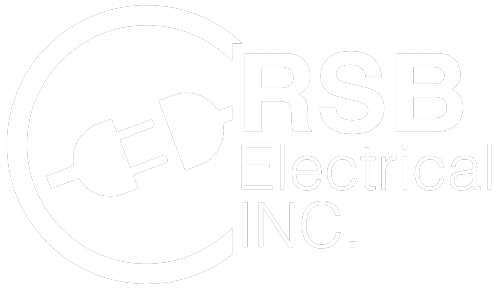Understanding The Color Codes On Electrical Wires
It behooves anyone to understand what do the colors on electrical wires signify. They are color-coded to ensure safety when maintaining or repairing parts of the electrical system. Since all electrical wires can carry electric current, people should approach them with caution. Specifically, the color of a wire points to its function, and that’s information useful to every homeowner.
Find out what the color codes indicate to be more confident around electrical wires.
What are the available colors, and what do they mean?
Hot wires transfer live current from the breaker box or electric panel to light fixtures and wall outlets. They’re also known as line wires and the most hazardous wires to handle.
There are multiple different colors on electrical wires as follows:
Black wire – hot
Black wires carry power to switches and outlets. They can also serve as links between electrical loads and switches. Take extra care when working with them and when in doubt, treat black wires as live.
Red wire – hot
Red wires serve as secondary wires in 220V lines. Certain switch legs can also contain red wires.
Typically, they connect smoke detectors in the house’s power system. When the alarm goes off, red wires help ensure that all alarms sound off as well.
Ceiling fan installations have red wires near light switches. Electricians can connect a black and a red wire or even two red wires.
Yellow and blue wire – hot
Yellow and blue wires may transfer power, though they’re not common in outlet systems. That’s because they serve as live wires pulled through a conduit.
For example, a yellow wire might function as a switch leg to ceiling fans, structural lighting, or outlets connected to light switches. As for blue wires, they generally serve as travelers in a three- or four-way switch. For instance, you may find three-way blue wires at the top and bottom of a staircase for controlling the same light.
White wires covered with red or black tape – hot
White wires are hot if covered by red or black wires.
Green wire - ground
The purpose of green wires is to ground circuits. They are linked to a grounding component inside the outlet strongbox. Green wires run to the ground bus bar of an electrical panel. They provide electricity with a safe escape route if a live wire touches conductive materials, such as metal.
Gray or white wire – neutral
Neutral wires may sound benign, but the reality is somewhat different. Handle these with great care since they may transfer current, though usually only when the load isn’t balanced.
Gray and white wires are linked to conductive metal components in the electrical panel, with which electric current gets distributed throughout a home.
Don’t play with electricity
Even if some wires aren’t hot, that doesn’t mean you can be reckless around them. To be sure, always hire a certified electrician whenever you need any work done on the home electrical system.
RSB Electrical has trained, professional, and experienced electricians to offer reliable electrical services, including electrical wiring for barns, exhaust fan installation, aluminum wiring repair, and ceiling fan installation in Mesa, AZ. As a family-owned and operated business, we are committed to serve our community. Call 480-485-4284 to request a service.

